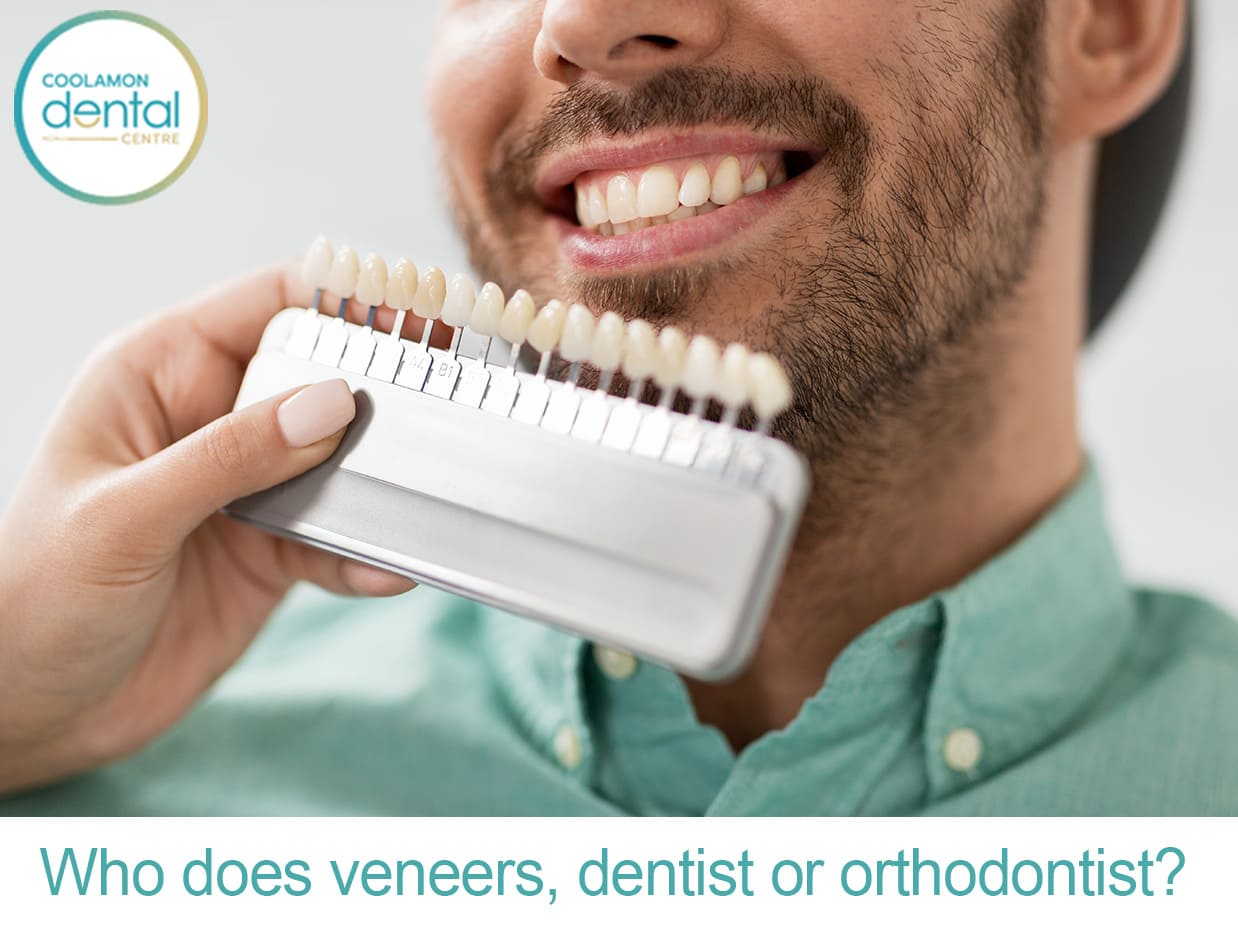Our Causey + Hall Orthodontics Statements
Wiki Article
Causey + Hall Orthodontics for Dummies
Table of ContentsThe Ultimate Guide To Causey + Hall OrthodonticsThe Definitive Guide to Causey + Hall OrthodonticsOur Causey + Hall Orthodontics StatementsThe Single Strategy To Use For Causey + Hall OrthodonticsCausey + Hall Orthodontics - QuestionsThe 5-Second Trick For Causey + Hall Orthodontics
What is the distinction in between a dental professional and an orthodontist? To answer a concern that is frequently asked, both dental professionals and orthodontists help individuals get better dental health, albeit in different means. It aids to keep in mind that dental care is a rather broad science with different medical field of expertises. All dentists, consisting of orthodontists, treat the teeth, gums, jaw and nerves.Orthodontists and dental practitioners both offer oral take care of clients. Orthodontists can operate in an oral workplace and supply the exact same treatments as various other dental professionals. So you can think of both medical professionals that deal with gum tissue and teeth problems. The primary distinction is that becoming an orthodontist requires a specific specialized in treating the imbalance of the teeth and jaw.
An orthodontist is a dental professional that has undergone training to concentrate on the medical diagnosis, avoidance and treatment of irregularities in the jaw and teeth. Their training includes remedying these existing conditions. They can also recognize possible problems in teeth positioning that may establish when problems are left untreated. Orthodontists can help individuals of every ages - https://fliphtml5.com/homepage/bfwzu/rickeynewberry/.
How Causey + Hall Orthodontics can Save You Time, Stress, and Money.
This consists of all the essential education to become a basic dental professional. According to the American Pupil Dental Association (ASDA), it indicates you will certainly require to have either a Physician of Medicine in Dental Care (DMD) or a Doctor of Dental Surgery (DDS). In other words, orthodontists require to complete oral institution and afterwards get an orthodontics specialized education.

When you have a healthy and balanced bite, you can speak, eat and eat appropriately, hence enhancing your lifestyle. Other than the orthodontist, we typically see aides working with these oral professionals in their centers. So, what is an orthodontist assistant called? They're properly referred to as orthodontic aides. They are specialized assistants, and are educated to deal with oral gear and give preventative oral health care.
Causey + Hall Orthodontics Fundamentals Explained
At Advanced Orthodontics, we supply clients with a all natural treatment experience. Furthermore, we provide adjustable treatment schedules, versatile payment alternatives and a fun, enjoyable experience. Telephone call ( 480) 357-4900 today for more details and routine an appointment.An orthodontist is a dental practitioner educated to detect, stop, and deal with teeth and jaw abnormalities. Orthodontists function with people of all ages, from kids to adults.
All orthodontists are dental practitioners, however not all dental professionals are orthodontists. Orthodontic residency programs offer intensive, concentrated instruction for oral professionals. They concentrate on two locations: Just how to appropriately and safely relocate teeth Exactly how to correctly assist growth in the teeth, jaw, and faceOnce an orthodontist has finished training, they have the alternative to end up being board accredited.
Causey + Hall Orthodontics for Beginners
Imbalance, or malocclusion, is one of the most common factor people see an orthodontist - family orthodontist. It is click this genetic and is the outcome of dimension differences in between the top and reduced jaw or in between the jaw and teeth. Malocclusion causes tooth congestion, an irregular jaw, or irregular bite patterns. Malocclusion is usually treated with: Your orthodontist affixes metal, ceramic, or plastic square bonds to your teeth.
If you have only small malocclusion, you might be able to utilize clear dental braces, called aligners, rather than standard dental braces. Some people need a headwear to help move teeth into line with stress from outside the mouth. After braces or aligners, you'll require to wear a retainer. A retainer is a personalized tool that maintains your teeth in position.
They can create added room in the mouth without having to pull teeth. Orthodontists use cables, surgical screws, or plates to sustain your jaw bone.
Causey + Hall Orthodontics Can Be Fun For Everyone
During your first orthodontic assessment, you'll likely have: A dental examPhotos taken of your face and smileDental X-raysPanoramic (360 level) X-rays of your face and headImpressions to produce molds of your teethThese tests will assist your orthodontist recognize just how to wage your therapy. An orthodontist is a dental practitioner that's had training to treat your teeth and jaw.Orthodontists are dental professionals however not all dental practitioners are orthodontists. Orthodontists are focused on your bite, or the method your teeth fit together, and the straightness of your teeth.
Causey + Hall Orthodontics - The Facts
What precisely does an orthodontist do? Orthodontists are oral specialists that concentrate on remedying irregularities in the teeth and jaws.
Clear aligners, like Invisalign, are a prominent option for people seeking a more very discreet treatment choice. These detachable trays are personalized to gradually change the teeth's position. Headwear may be made use of combined with dental braces or aligners to use added targeted forces, particularly for dealing with jaw inconsistencies. In cases of slim jaws, palatal expanders can be used to produce space for appropriate tooth positioning.
Report this wiki page